Fascinating national historic sites in Canada
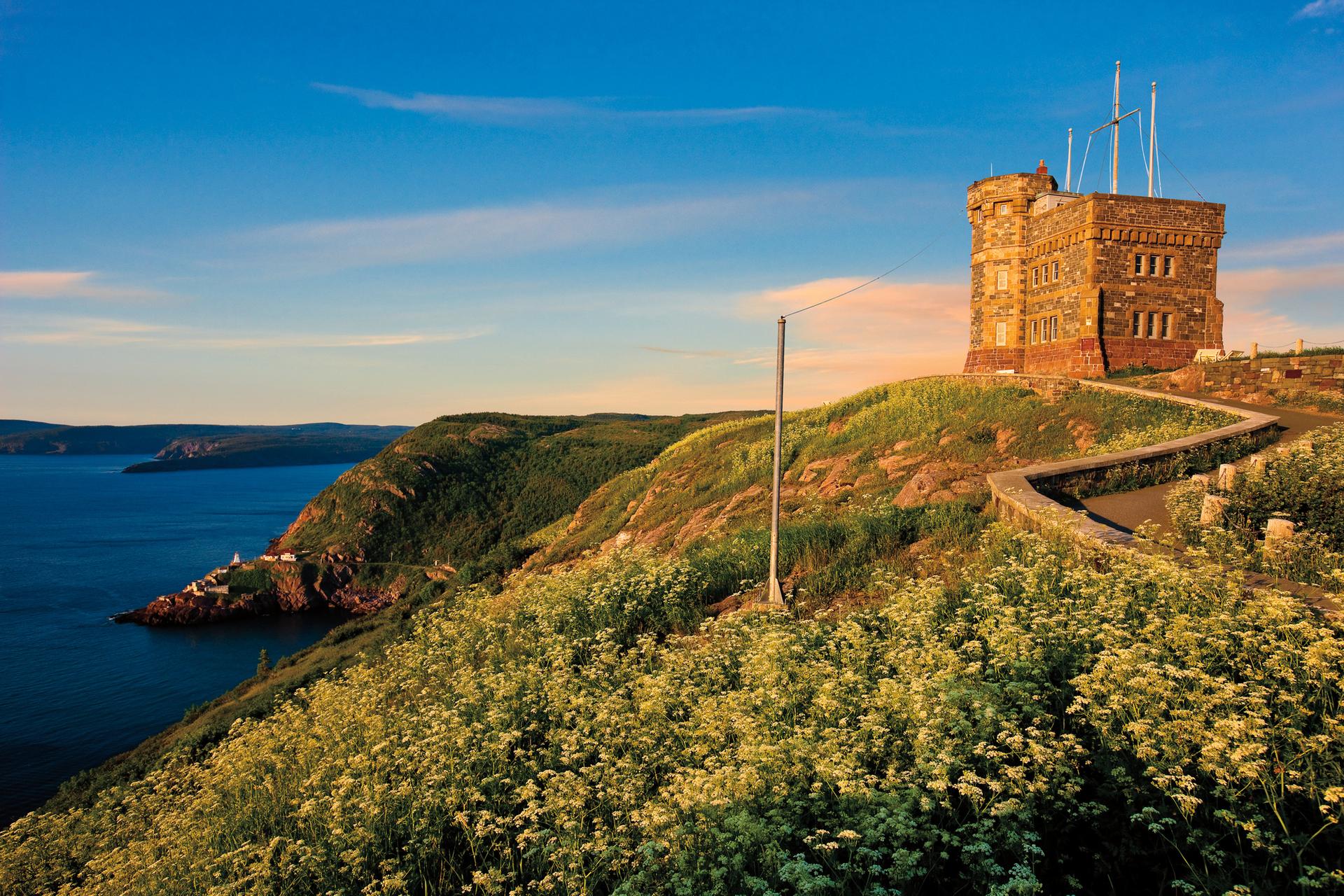
History is much more interesting when you can actually see where a pivotal battle or infamous tragedy unfolded, and imagine the drama and the emotion; the sights and sounds. That's where National Historic Sites come in -- and Canada has nearly 1,000 to choose from. Parks Canada, which manages the sites, defines them as "places of profound importance to Canada," and they include culture, heritage, connections to Indigenous Peoples, and historical significance. Here are some of our favorites across the country.
Saskatchewan: Wanuskewin Heritage Park

For more than 6,400 years, Wanuskewin Heritage Park was a gathering place for Indigenous Peoples of the North American Plains and is now home to the longest-running archaeological dig in Canada -- producing some 200,000 artefacts. Situated just outside of Saskatoon, the park welcomes guests from around the globe who visit to learn about the traditions and history of those who came to this area to hunt bison, gather food and herbs, and more. With its renovation complete, Wanuskewin now boasts a platform to view the majestic bison (which were re-introduced to the area in 2019), art galleries, a refreshed restaurant, trail system, an interpretive playground and a number of other exciting upgrades.
Alberta: Rocky Mountain House National Historic Site

The fur trade shaped Canada into the nation it is today, and the very best example of how is in Alberta. At the Rocky Mountain House National Historic Site on the North Saskatchewan River near Red Deer, you can see artifacts and the structures of four early 19th century fur trading posts where westward-bound adventurers swapped goods with the Blackfoot people. Try your hand at old-style fire lighting or drum making, cook bannock (traditional flat bread made with dough stretched over a grilling stick), even camp in a Métis trapper's tent or tipi, while enjoying the river valley views.
Manitoba: The Forks National Historic Site

Talk about trendy: The Forks National Historic Site has been a popular meeting place for 6,000 years. Ideally situated where the Assiniboine and Red Rivers meet, connecting a huge network of waterways, it's the place where explorers, Indigenous hunters, settlers, railroad pioneers and European trappers gathered to do business. Today, it's a colorful 14-acre public market and community events space, interpretive park, shopping and entertainment area. There's also a theater and the Canadian Museum for Human Rights, with heritage buildings and a historical port nearby in downtown Winnipeg, Manitoba. Take guided tours, learn about the history, shop, dine, hike, ski and be entertained.
British Columbia: Gwaii Haanas National Park Reserve, National Marine Conservation Area Reserve, and Haida Heritage Site
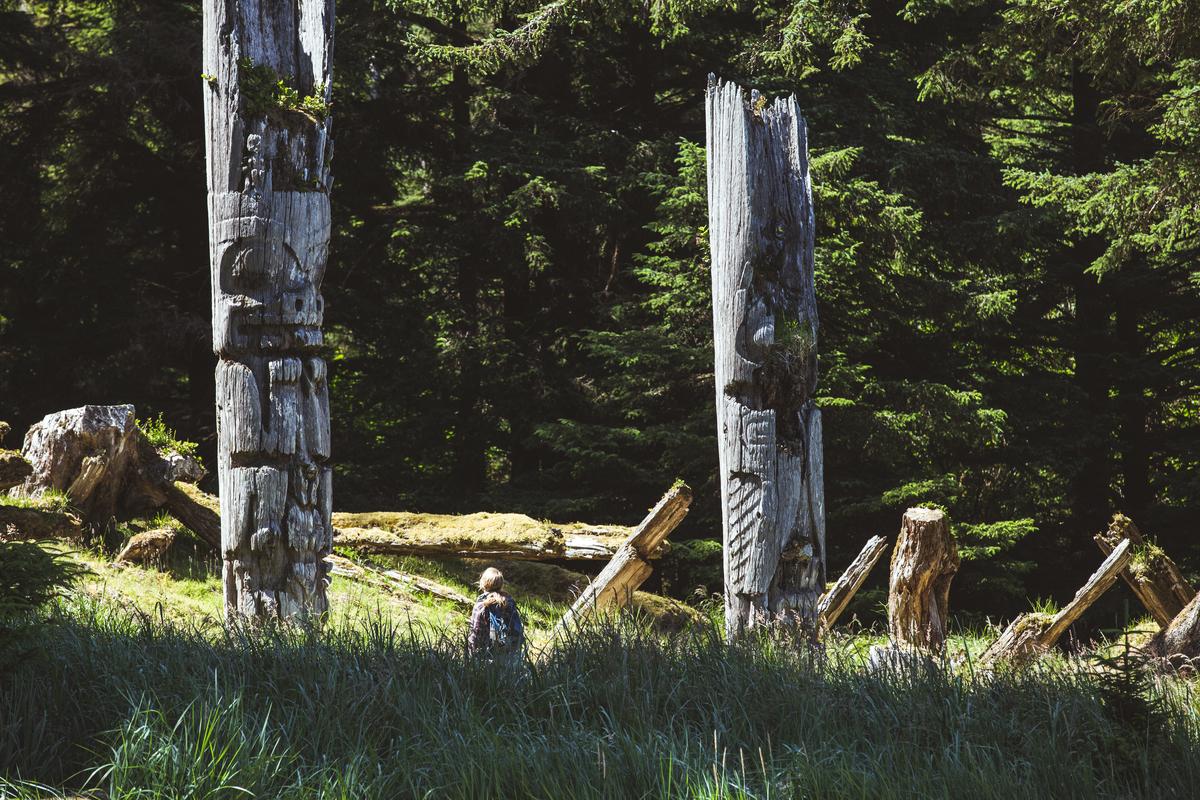
Perched like sentinels along the fog-draped coast, the towering Haida totem poles of Gwaii Haanas National Park Reserve, National Marine Conservation Area Reserve, and Haida Heritage Site are something to see in person. There are also longhouse remains and old house pits in this sheltered bay on SGang Gwaay, or Anthony Island, in the stunningly beautiful archipelago on British Columbia's wild north coast. The village itself, a sacred Haida spiritual place, is a UNESCO World Heritage Site. It's remote, but well worth the journey.
Nova Scotia: Halifax Citadel National Historic Site
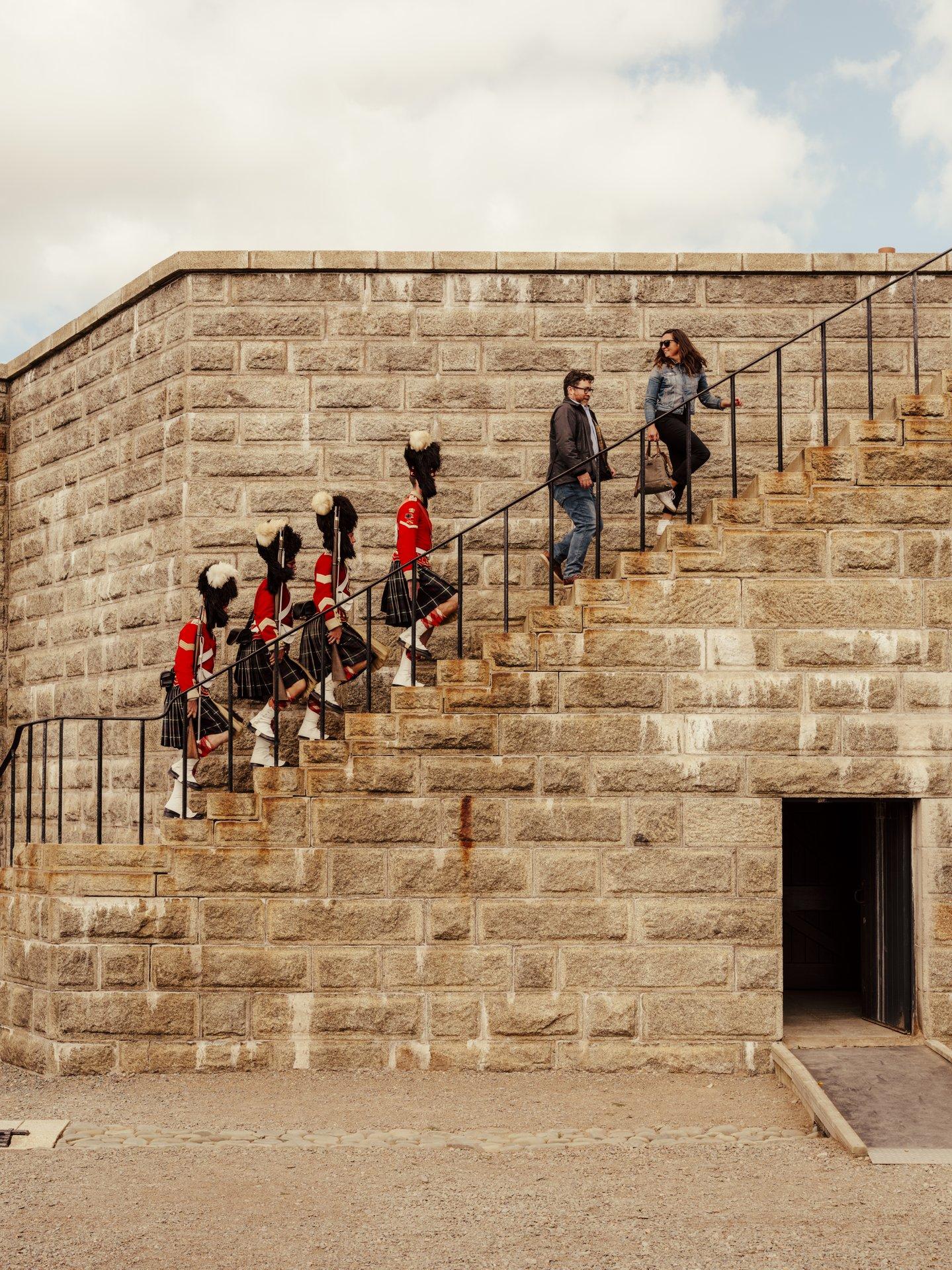
Nova Scotians chose the Halifax Citadel National Historic Site hilltop location in 1749 to defend their city from aggressors, and the view over the Atlantic is as commanding as it is strategic. The fort protected Halifax for years as the harbour city thrived. The Citadel, called Fort George, is distinctively shaped like a star both inside and out to afford better firing vantages. Watch the sentry guard change and military reenactments or take a ghost tour on your visit.
Quebec: Grosse Île and the Irish Memorial National Historic Site
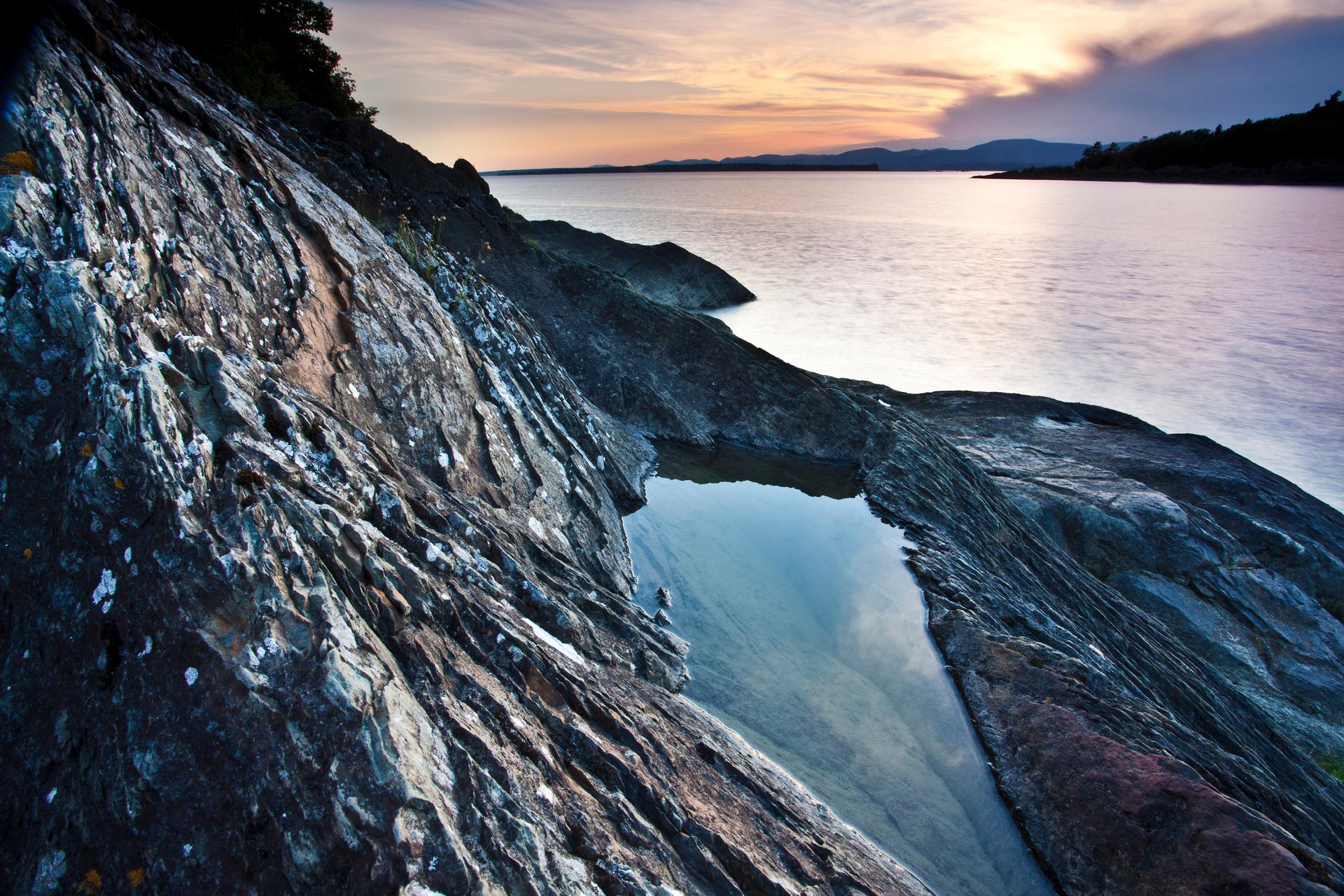
Once a quarantine station island in Quebec's St. Lawrence River, Grosse Île and the Irish Memorial National Historic Site was where immigrants entered Canada beginning in 1832 for a century via the Port of Quebec. In 1847, nearly 100,000 Irish embarked for this spot fleeing the Great Famine back home and unfortunately, some arrived with typhus. Due to illness, an estimated 3,000 passed away on the island and over 5,000 are buried there making this spot a notable place for those families as well as all Canadians. This story is one of bravery and hope, recounting the lives of those who journeyed to Canada in search of a better life and helped build the welcoming, multicultural nation it is today.
Northwest Territories: Ehdaa National Historic Site of Canada

Saoyú-Ɂehdacho National Historic Site is a sacred place in the Northwest Territories for the Sahtú people. Teaching, healing, and spiritual rituals take place on these two peninsulas in Great Bear Lake at Canada's largest National Historic Site, also the first named in collaboration with Indigenous Peoples. Elders and youth convene in summer to tell stories, share wisdom, and practice traditional skills. Visitors can camp and join in -- those that do say it is a transformative and perspective-expanding experience.
Yukon Territory: Dawson Historical Complex National Historic Sites
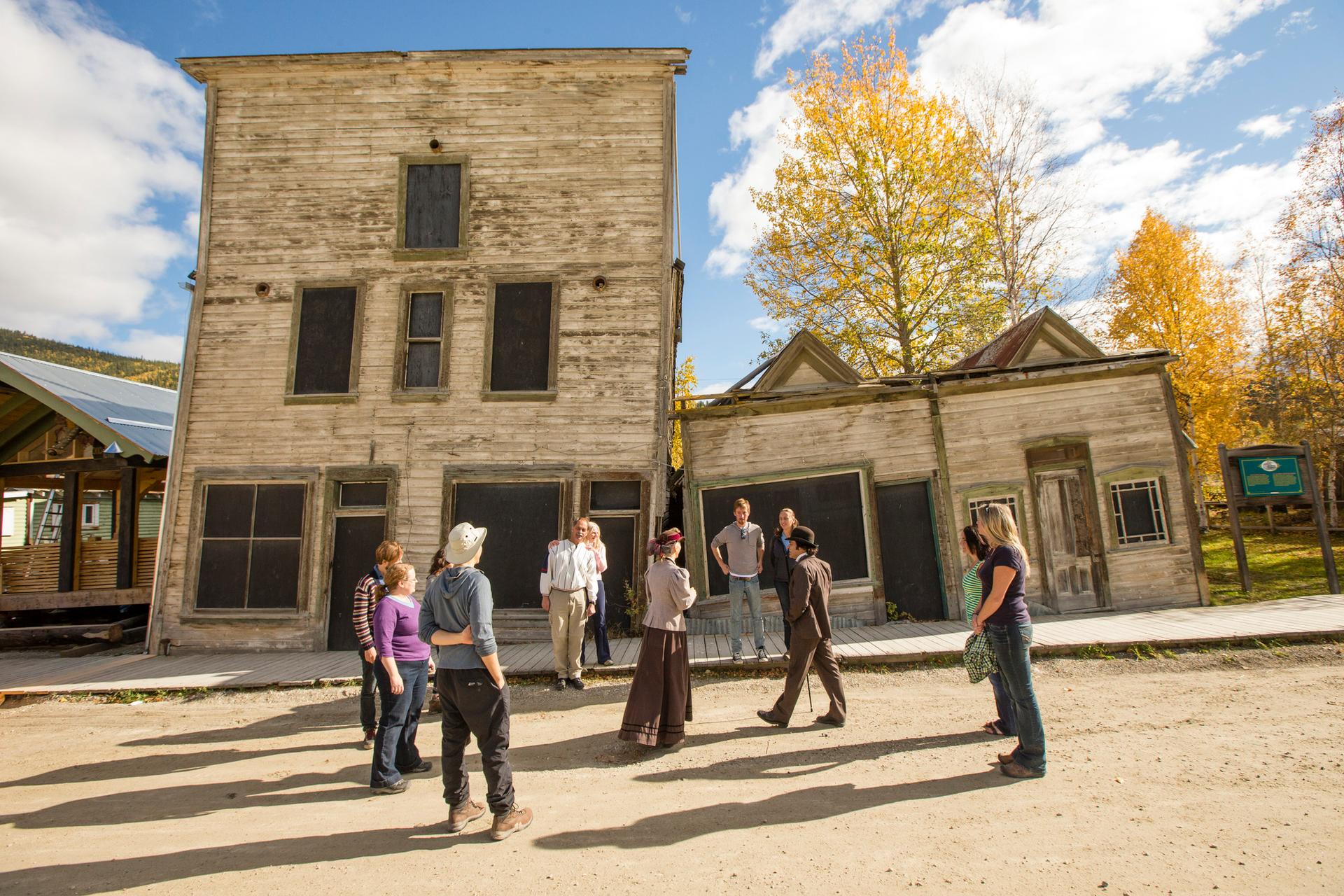
Find out what it was like to be a Klondike miner at Dawson Historical Complex National Historic Site. Thousands flooded into Yukon Territory in the 1890s during the wild Gold Rush days hoping to strike it rich. The site showcases the original buildings, artifacts, mining camp, antique equipment, and technology. There's also a large, beautifully restored wooden steamboat, the S.S. Keno, in the former trading post of Dawson City -- evidence of what was once the main way to transport goods on the Yukon River.
Ontario: Rideau Canal National Historic Site

Canadians cherish Ontario's scenic canal, an outdoor playground connecting 125 miles of rivers and lakes and signature destination in downtown Ottawa. At the Rideau Canal National Historic Site, you can still imagine what the canal was like in the 1830s, populated with military camps and Victorian villages, connected by hand-operated locks along the key thoroughfare. The army originally constructed the canal as a military defense system. Today you can boat, fish, skate, take a guided tour, paddle, swim, and camp along this unique waterway.
Prince Edward Island: L.M. Montgomery’s Cavendish National Historic Site
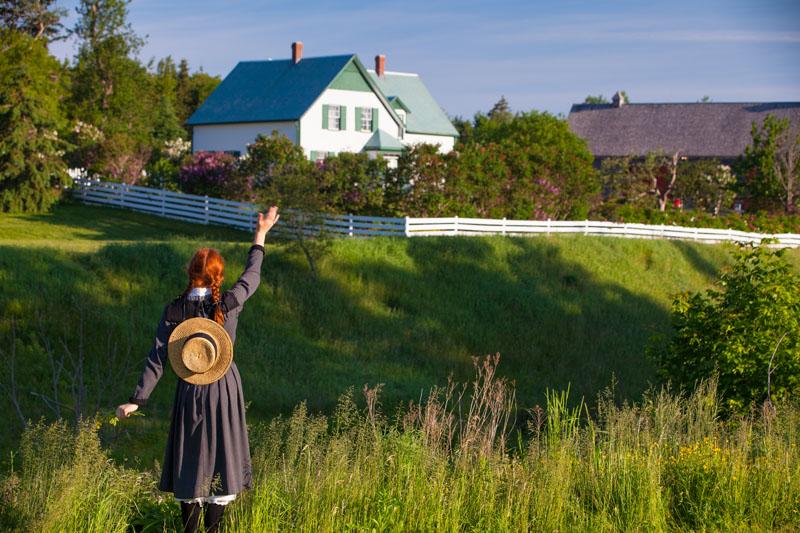
Prince Edward Island's Cavendish will be forever remembered as home to Anne of Green Gables, the plucky protagonist whose entertaining antics captured the world's imagination in Lucy Maud Montgomery's beloved books. Tour the charming green-gabled white house at L.M. Montgomery's Cavendish National Historic Site, see the writer's farmstead, and some of the real life places where Anne had her fictional adventures, such as Lover's Lane, the school, and the Haunted Wood.
New Brunswick: Fort Beauséjour – Fort Cumberland National Historic Site
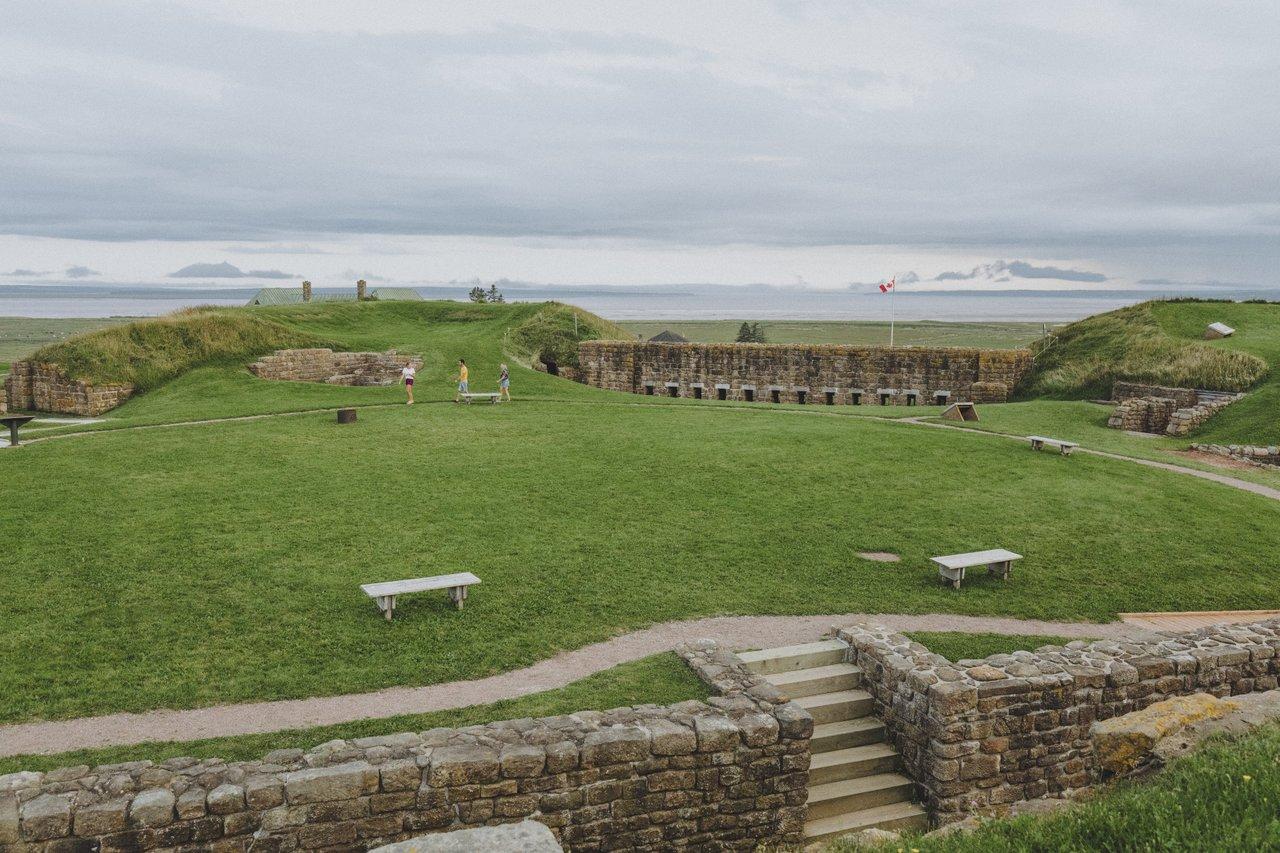
Imagine the tense moment that unfolded at Fort Beauséjour - Fort Cumberland National Historic Site: France was battling Britain to take North America. Here, you'll learn all about that pivotal historic conflict in the 18th century that unfolded at the expansive battleground near the New Brunswick-Nova Scotia border. Walk around the ruins of the star-shaped fort, look at artifacts, and enjoy a picnic on the windswept plain.
Newfoundland and Labrador: Signal Hill National Historic Site
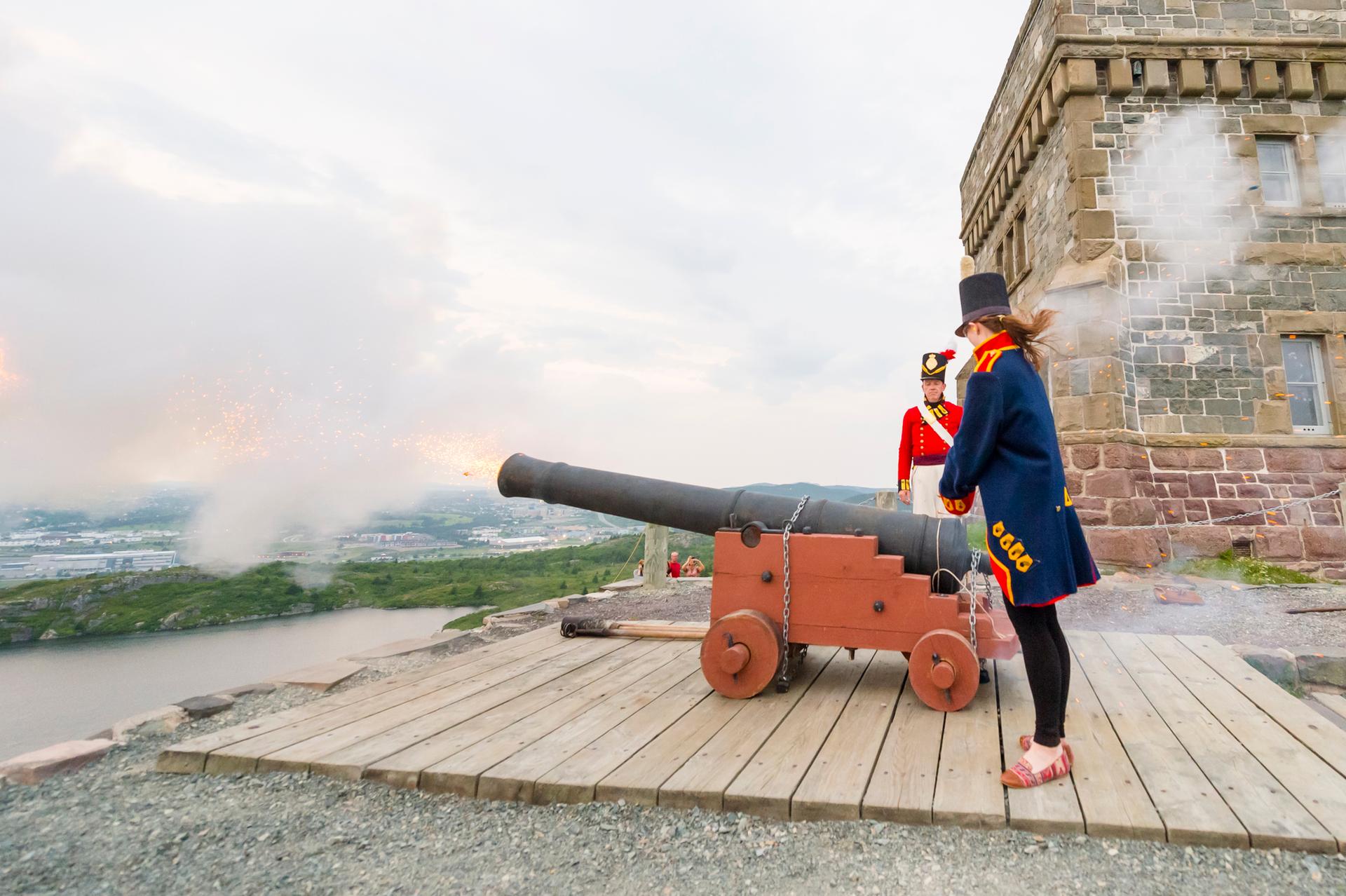
Port city St. John's in Newfoundland and Labrador is on North America's far-eastern edge. It's also the place where, in 1901, Guglielmo Marconi received the first-ever transatlantic wireless signal. The scenic walk up to Signal Hill National Historic Site rewards visitors with views of the harbor. And the landmark itself, a military defense actively used in the 17th century through World War II, is just as impressive. Watch a military tattoo performance and try to be there for 12 pm when the Noon Day Gun goes off, or sign up and fire it yourself.
Nunavut: Wrecks of HMS Erebus and HMS Terror National Historic Site
Nunavut is home to a site in the Canadian Arctic that's particularly compelling. The Wrecks of HMS Erebus and HMS Terror National Historic Site mark where British explorer Sir John Franklin and crew, on a quest for the Northwest Passage in 1845, disappeared. The search for the lost vessels went on for years and in 2014, a Parks Canada-led expedition found the wreckage of the HMS Erebus ship -- a huge breakthrough. Researchers later uncovered the abandoned HMS Terror in Terror Bay in 2016, incredibly still in excellent condition. Visitors can see artifacts, photos, and videos of items retrieved by the underwater archeology team.
Public access to the Wrecks of HMS Erebus and HMS Terror National Historic Site of Canada is currently not allowed. For more information, visit this page.